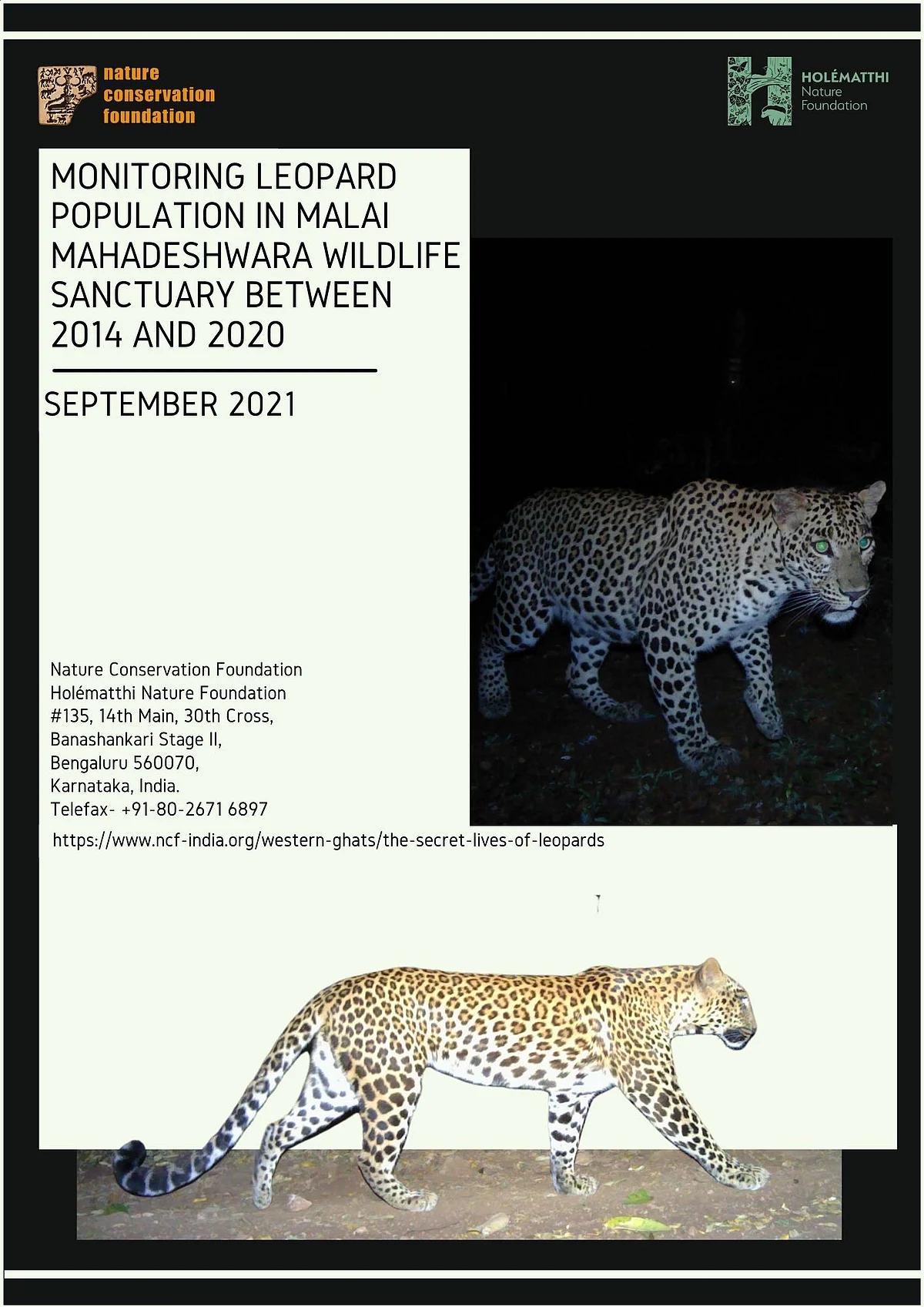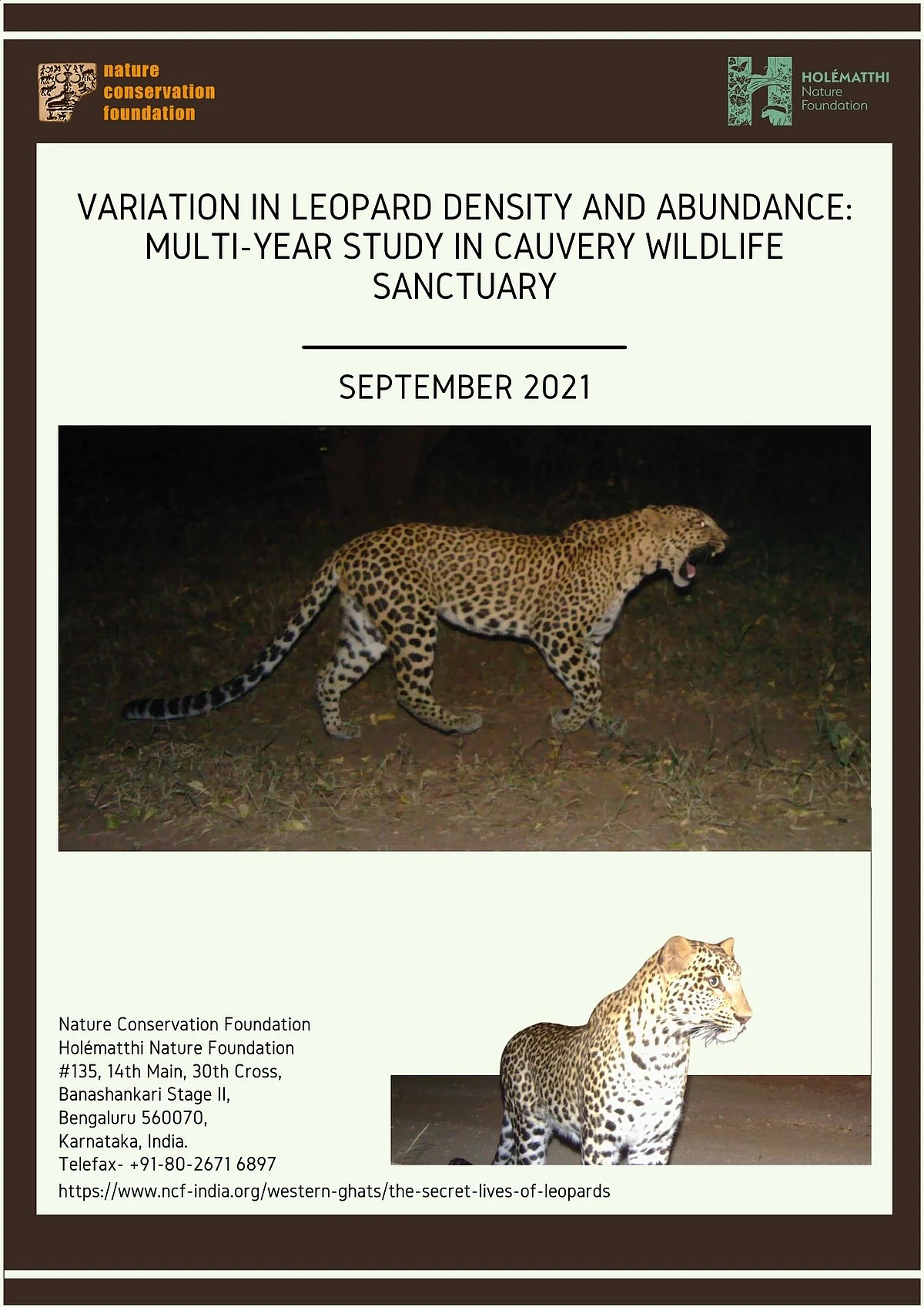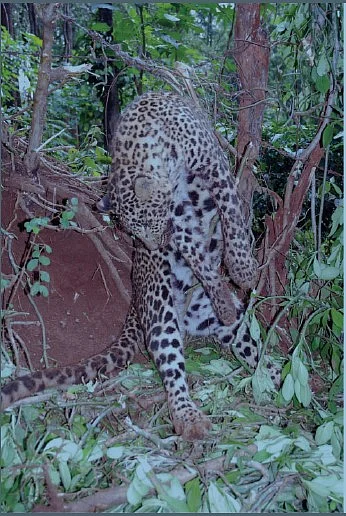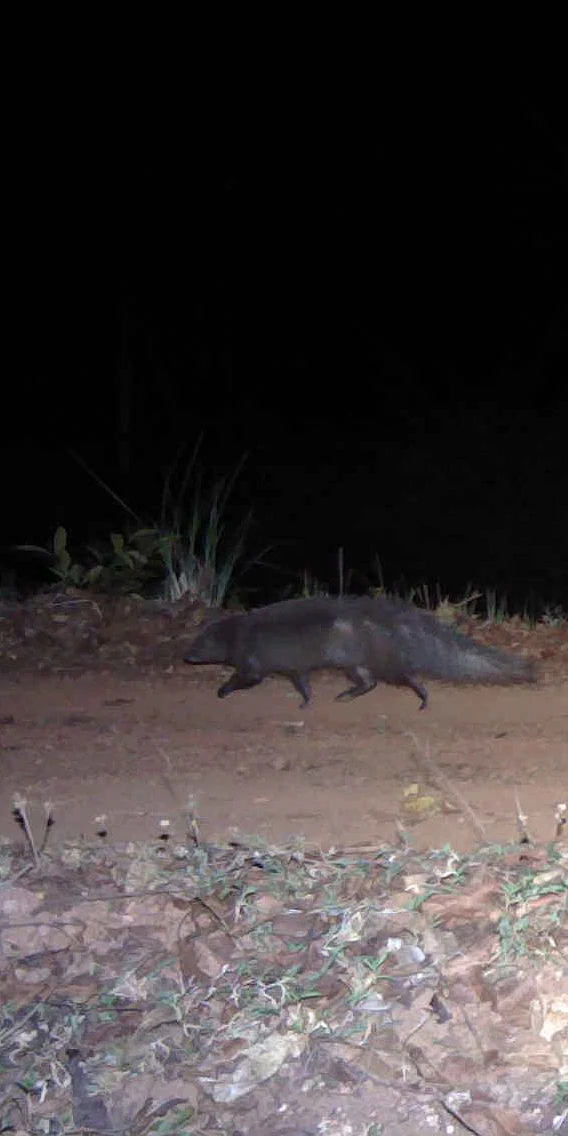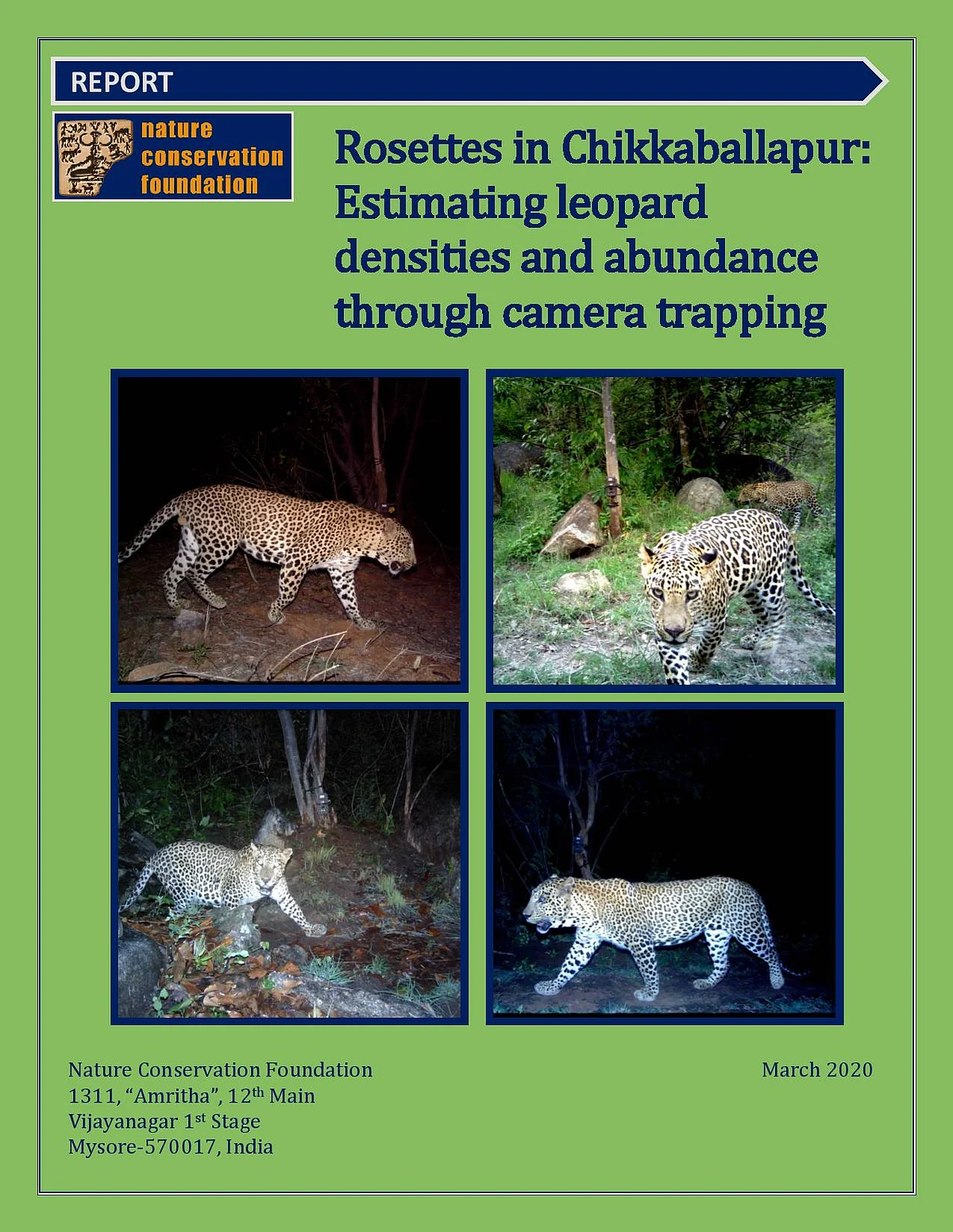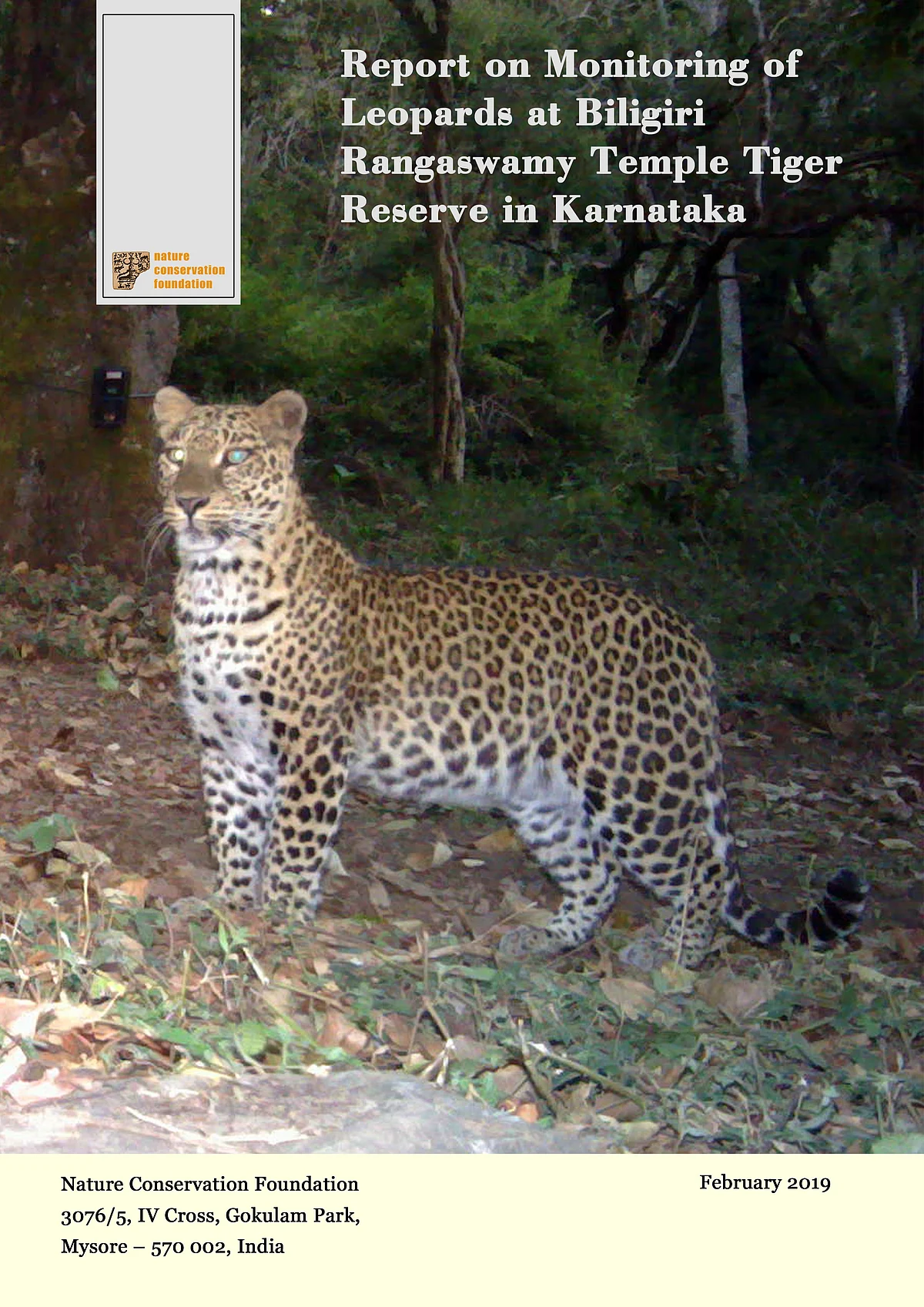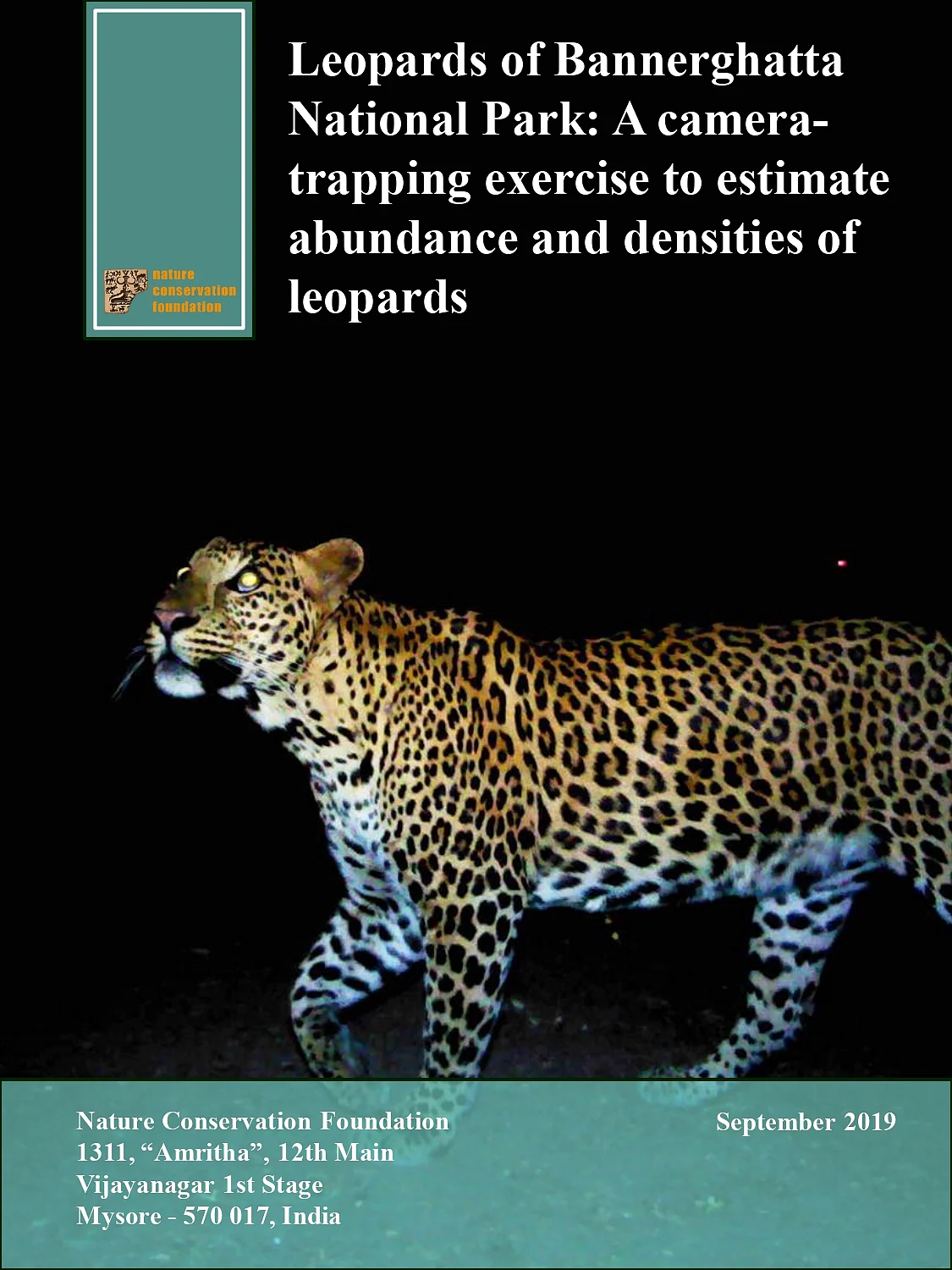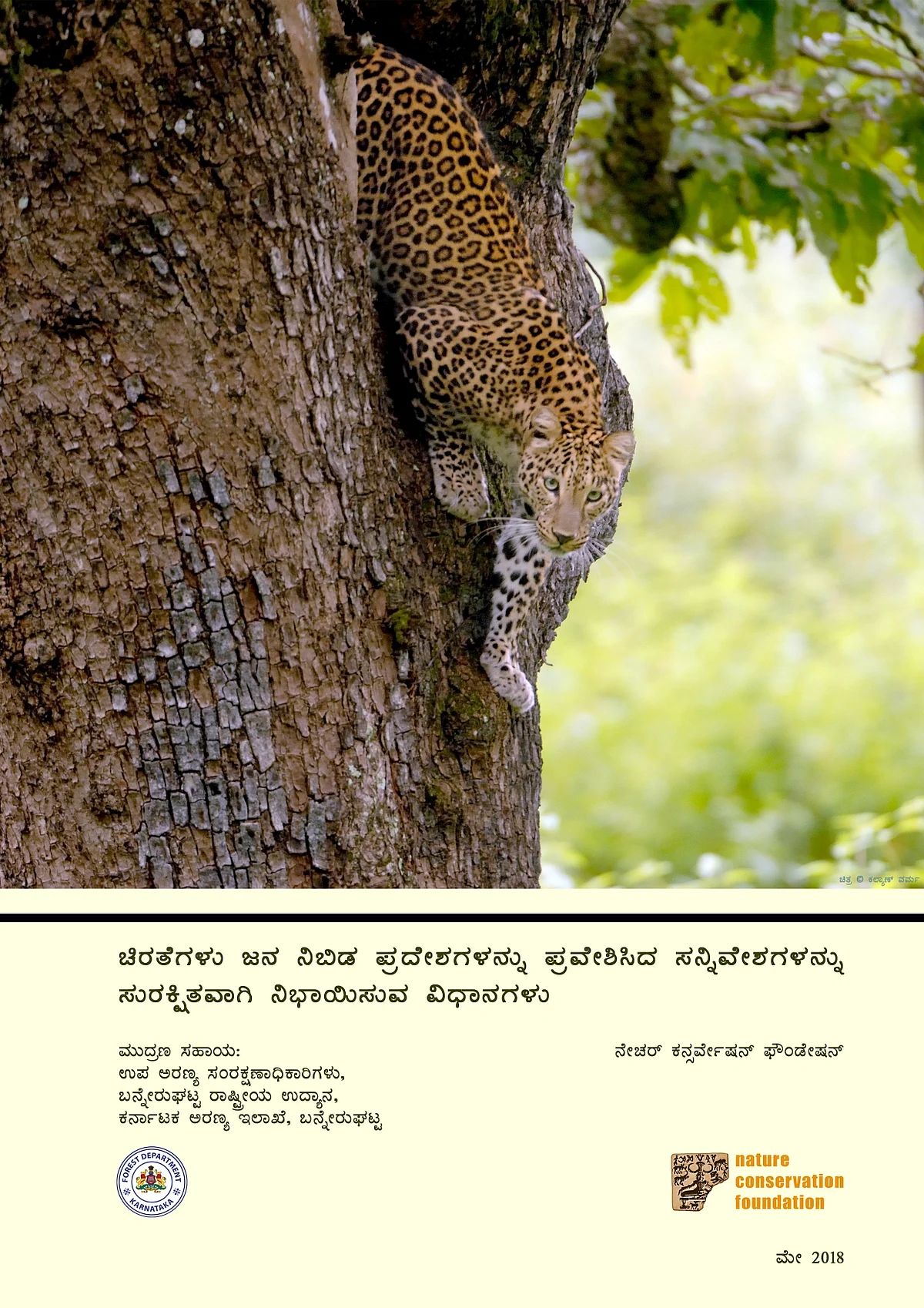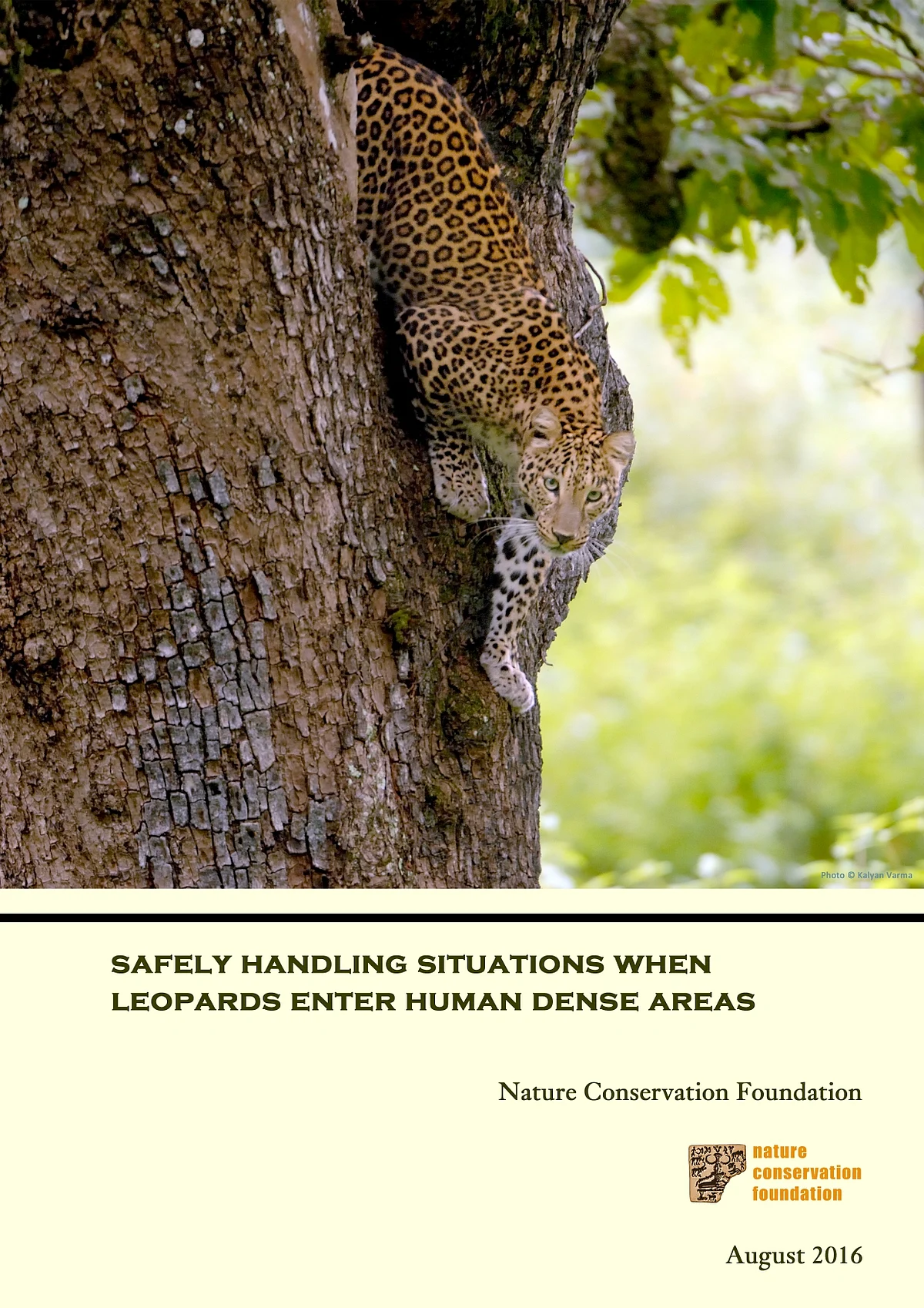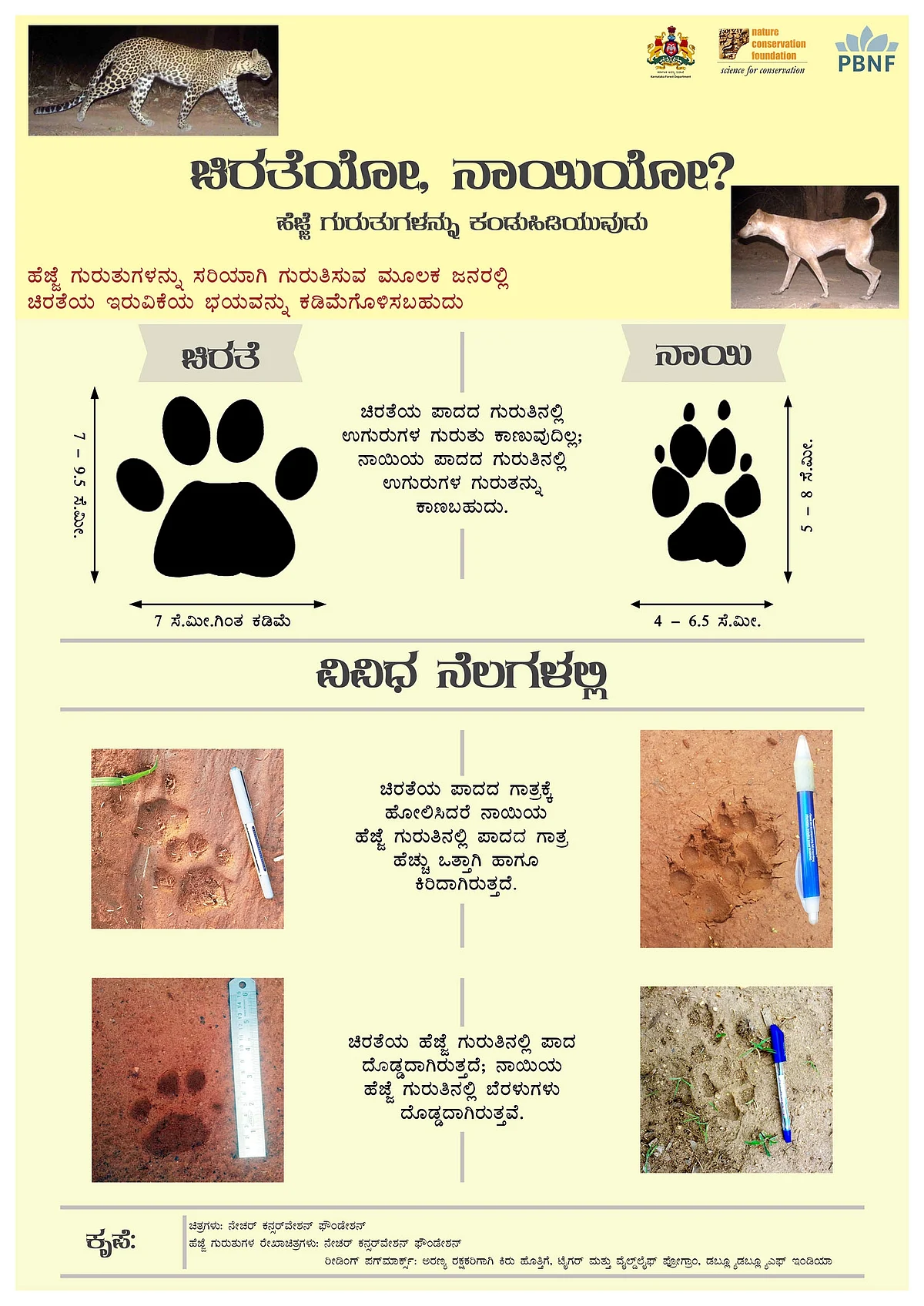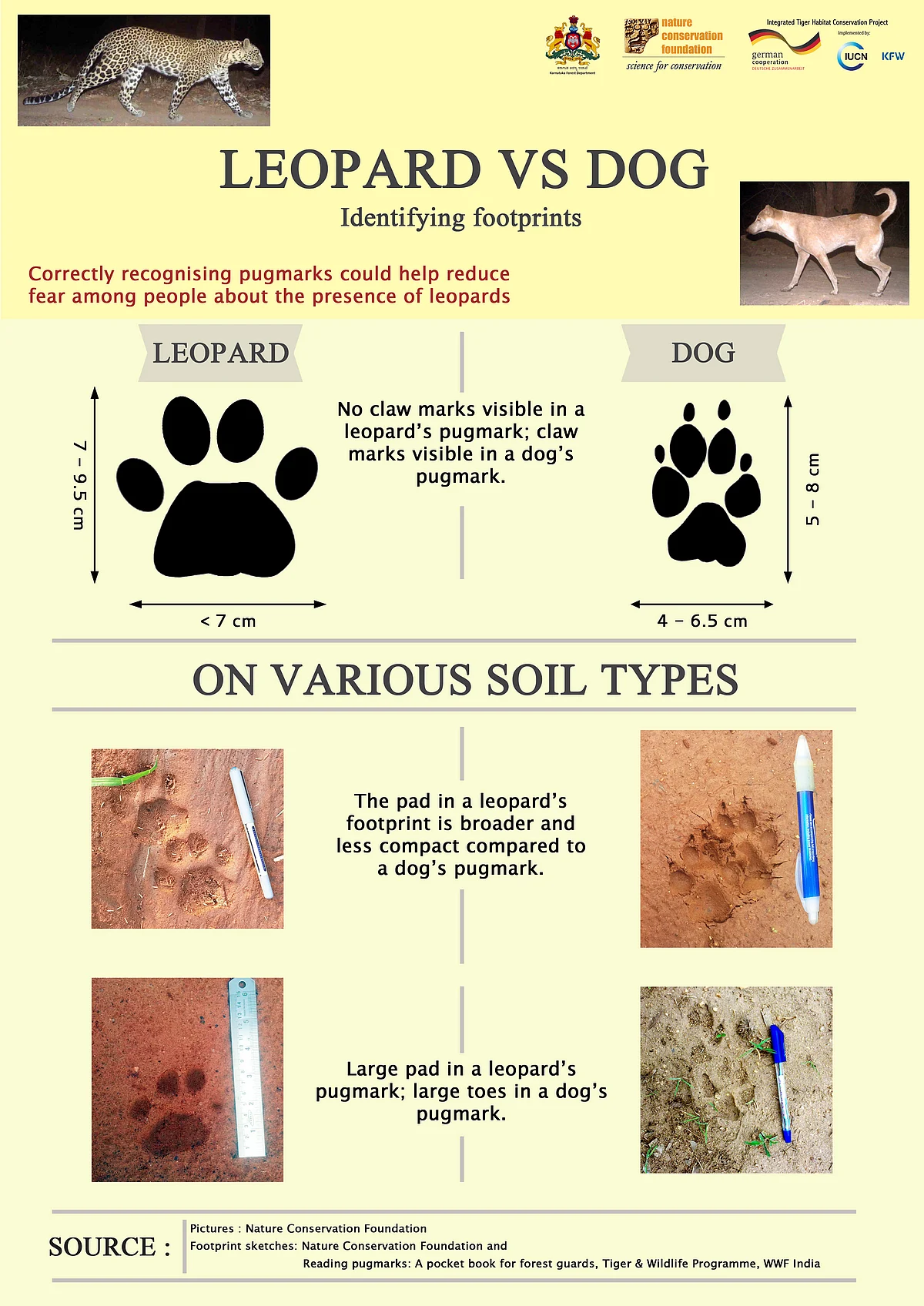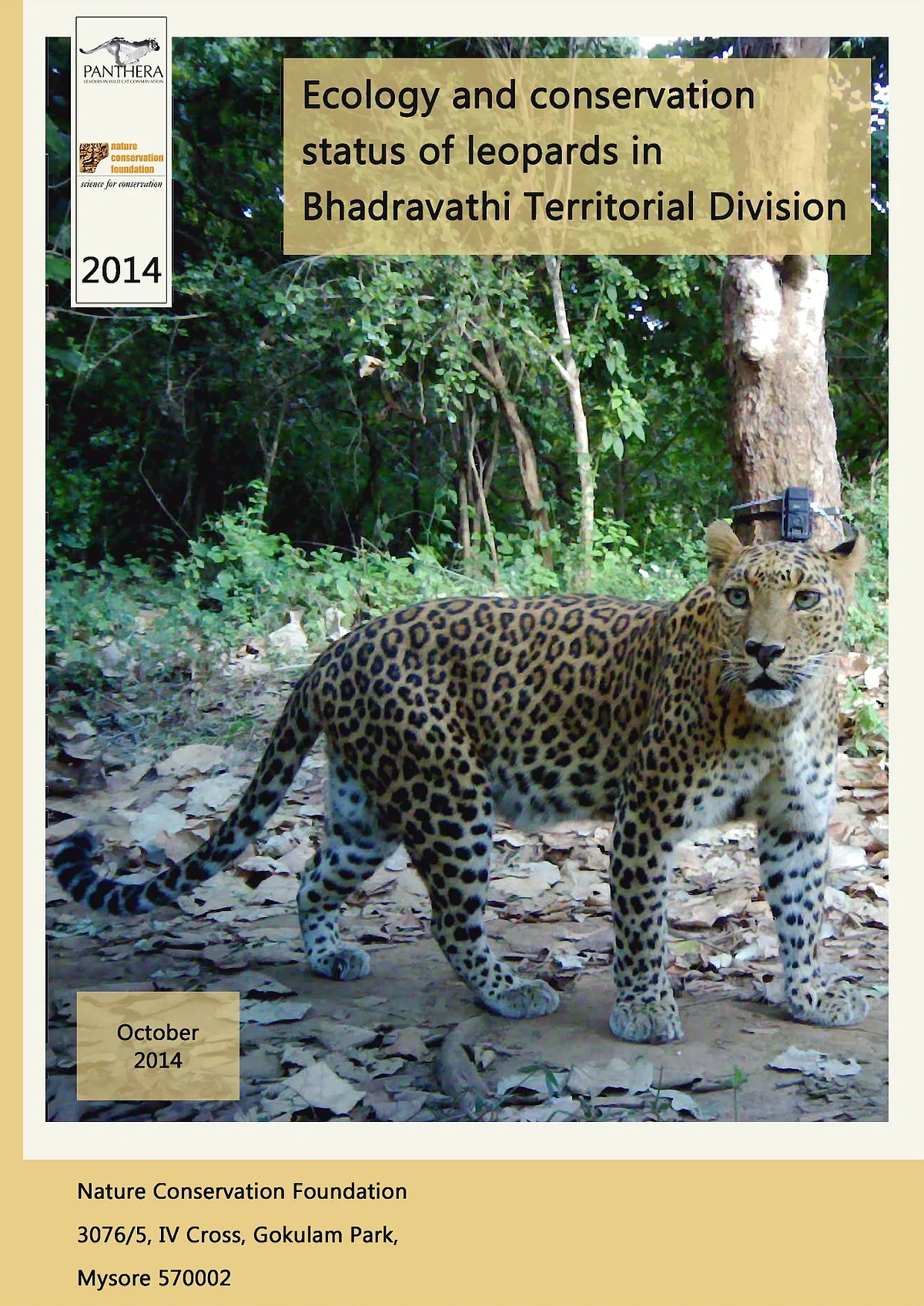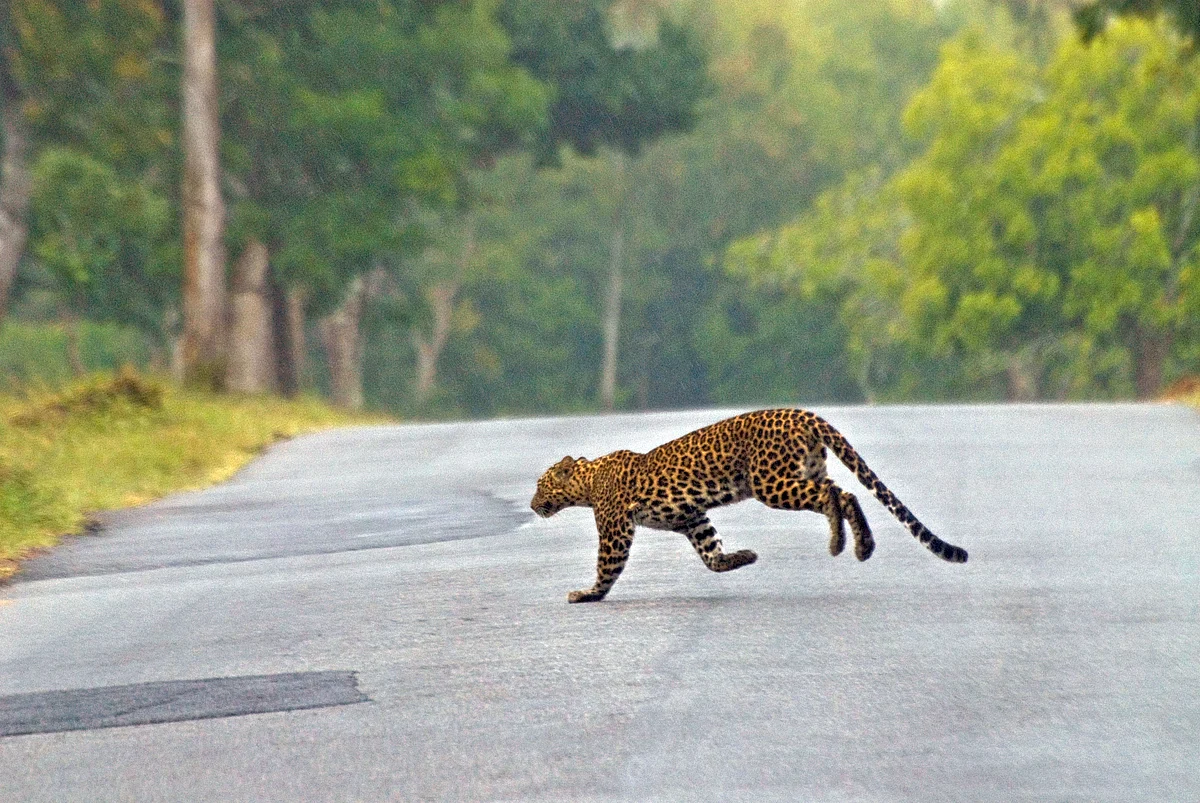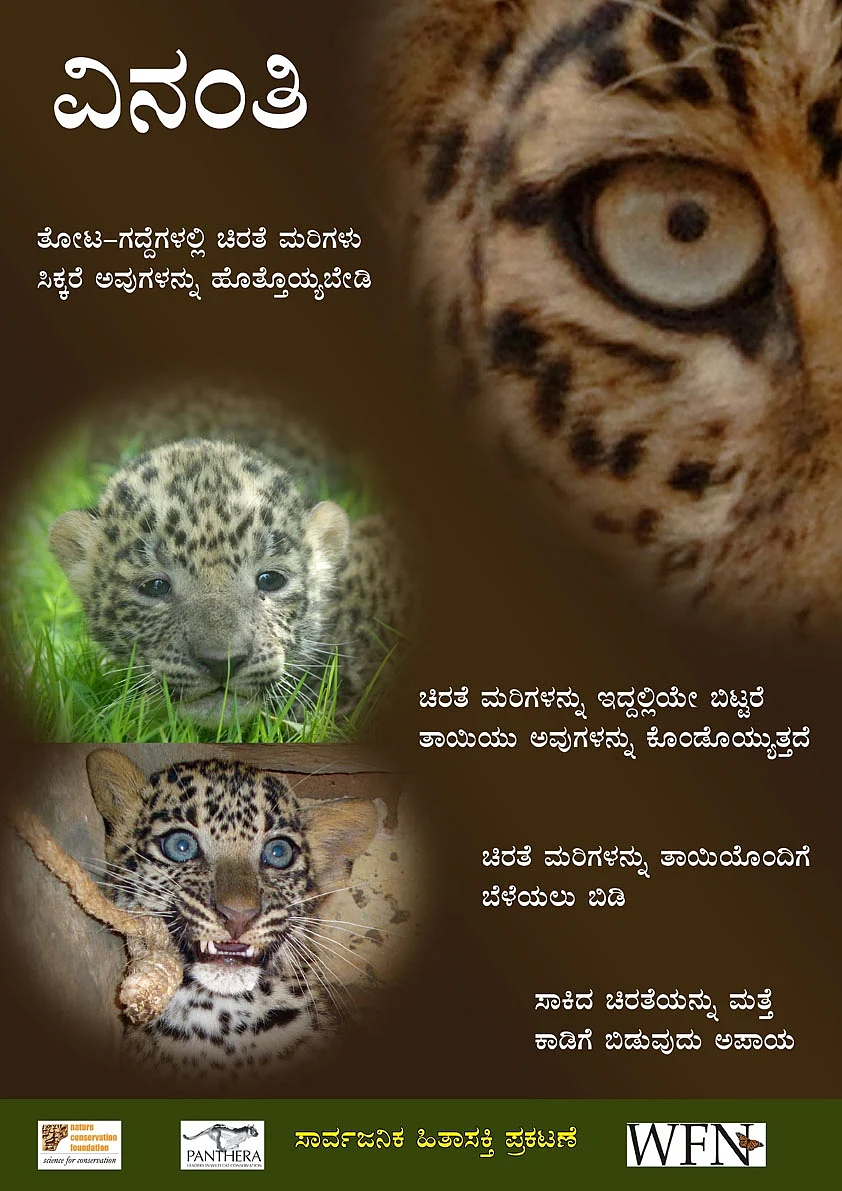Understanding the ecology of leopards in Karnataka
Leopards are amongst the most elusive of large mammals, and yet, one of the key conflict-prone species in India. This study, across a 27,000 sq km landscape in Karnataka strives to understand leopard distribution across a habitat modification gradient, and their interactions with people in human-dominated landscapes.
Leopard distribution across land-use gradients
Leopards are known for their remarkable adaptability and it is no surprise, therefore, that their range is not limited to protected areas. Yet, in Karnataka, there is little reliable information on leopard distribution, especially outside protected areas and other natural habitats. Similarly, we know very little about the extent and intensity of human-leopard conflict across the state. Since 2012, we have been conducting extensive occupancy surveys to understand leopard distribution in a variety of habitats, ranging from protected areas and multiple use forests to agricultural landscapes and other leopard habitats that are not governed under any conservation laws.
Estimating leopard densities
In addition to understanding the distribution of leopards, we are also estimating leopard densities within and outside protected areas through camera trapping surveys. Some of our preliminary data has revealed healthy leopard populations outside protected areas.
While our camera traps 'captured' several leopards, we were especially delighted by pictures of a host of other smaller animals. Our surveys photo-documented the ratel or the honey badger for the first time in the state (short video below), while several of our cameras were damaged by selfie-hungry sloth bears and elephants.
Conflict with the large cat
As opportunities present themselves, we are also placing radio-collars on leopards captured by the forest department from settings of conflict, to understand how they behave and respond when they are released in faraway areas. This helps us assess the value of translocation as a conflict management tool and its impact on leopards.
We have also established a database that systematically compiles information on human-leopard conflict to understand spatial and temporal distribution of conflict within the state. This is helping us put together a detailed map of conflict hotspots in Karnataka. Identification of these hotspots helps us focus more detailed conflict assessments there while also helping us select areas in which to carry out public information campaigns that enable people to coexist safely with leopards.

